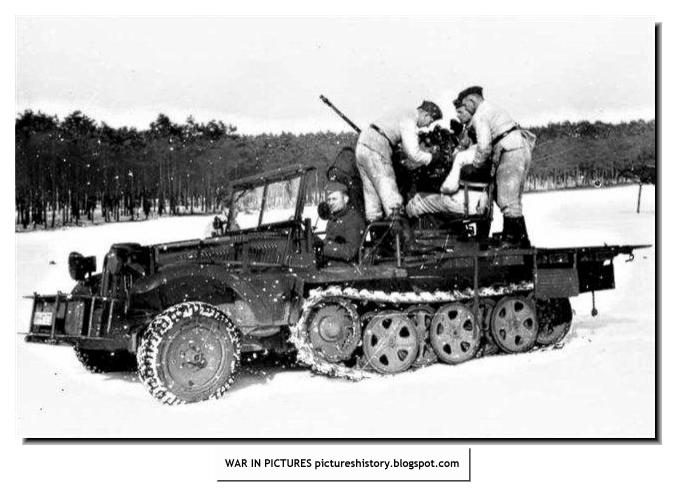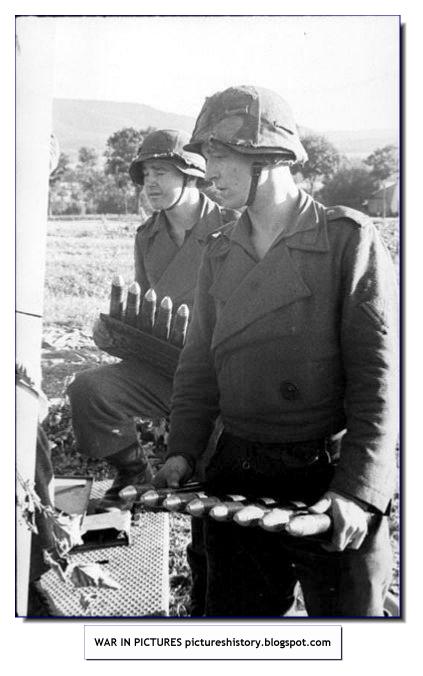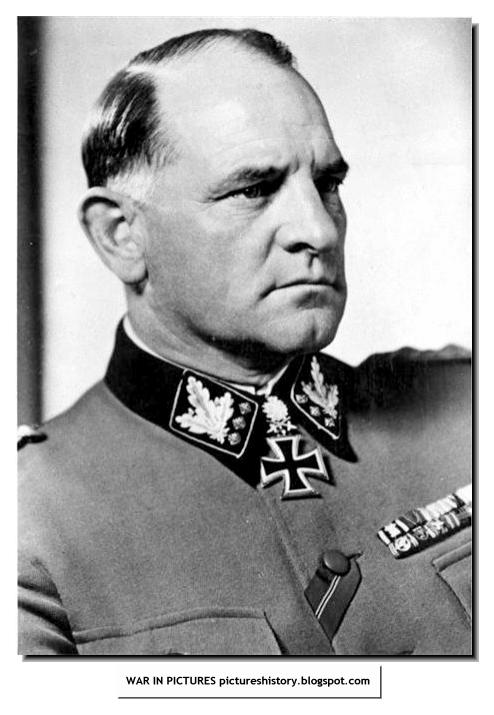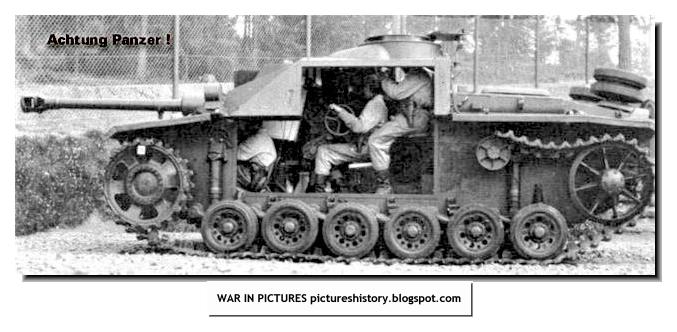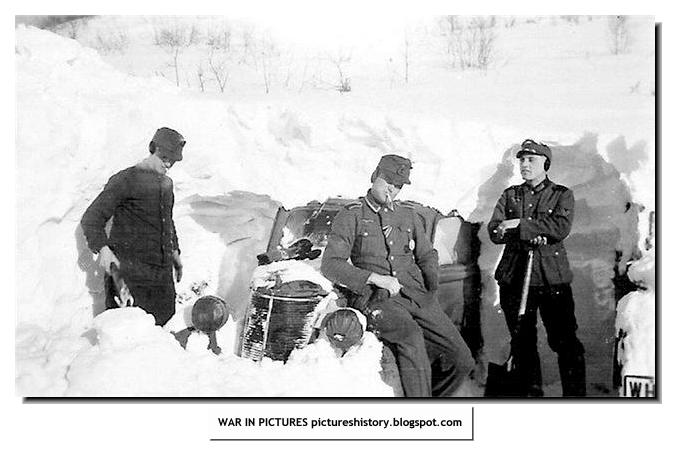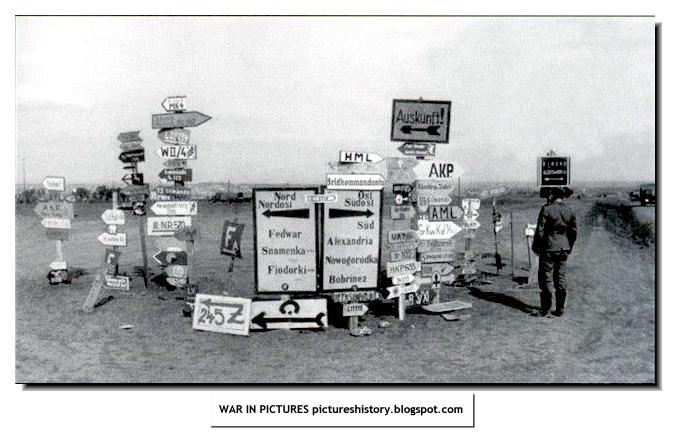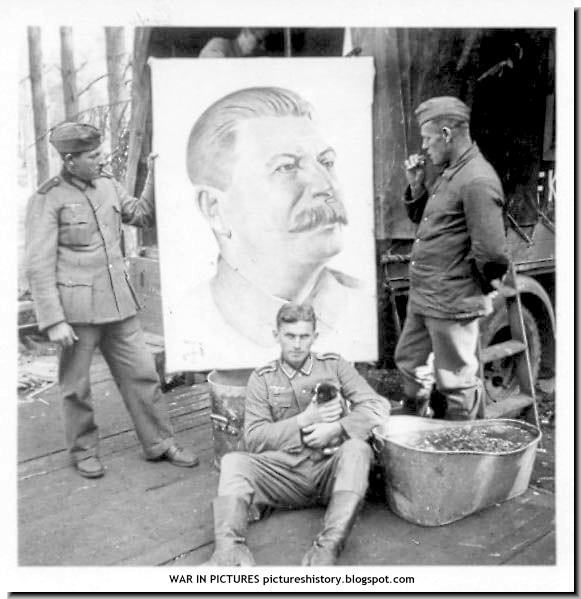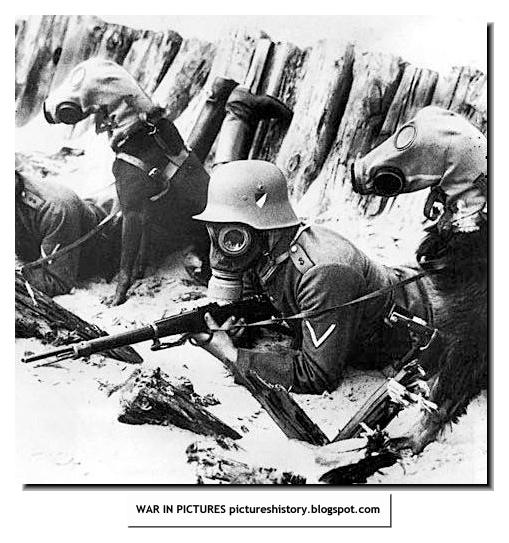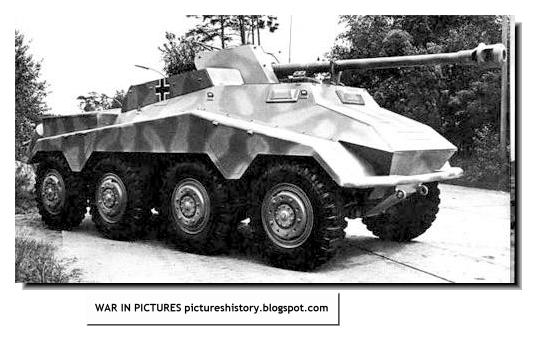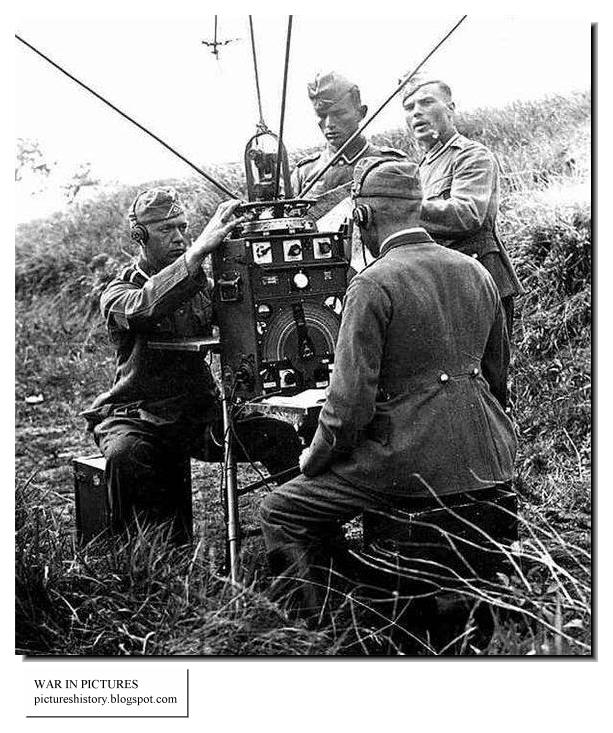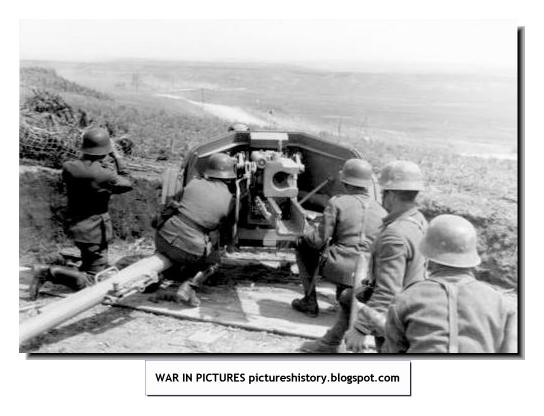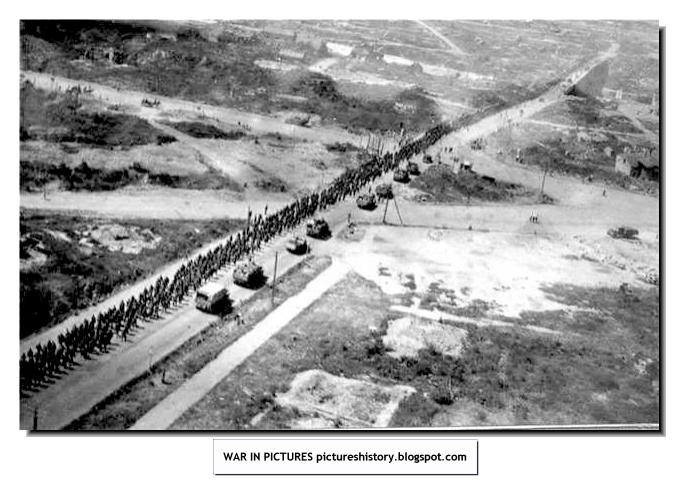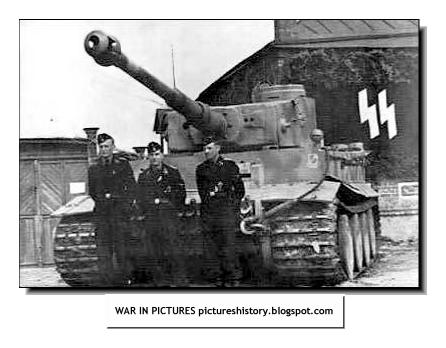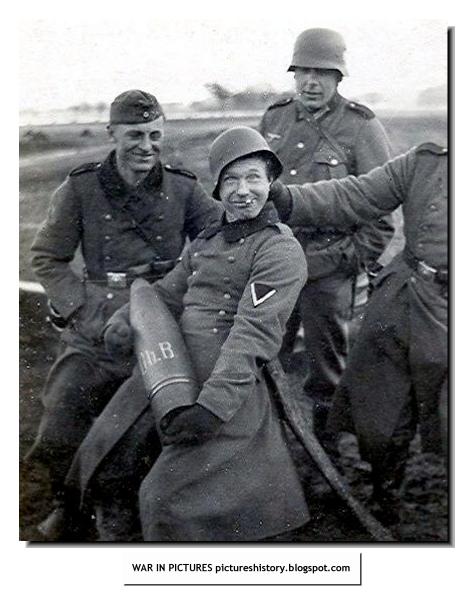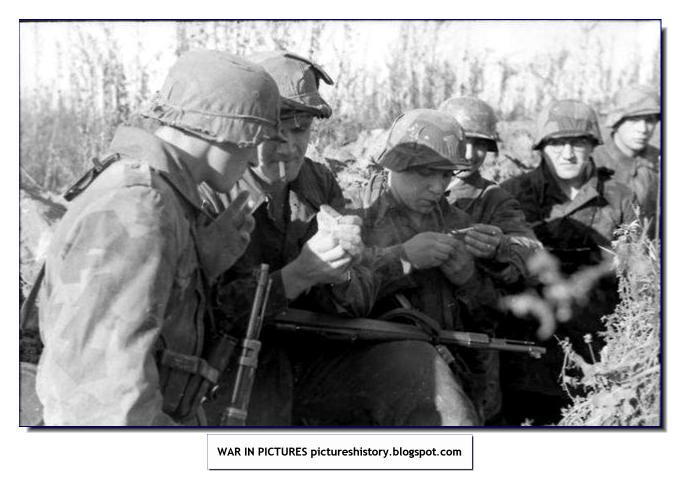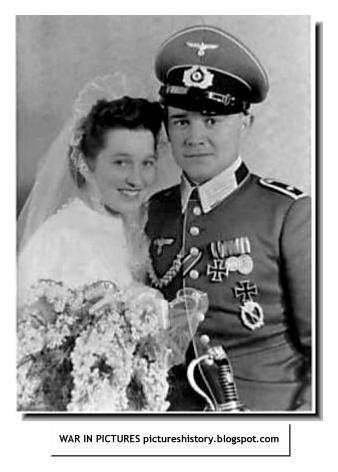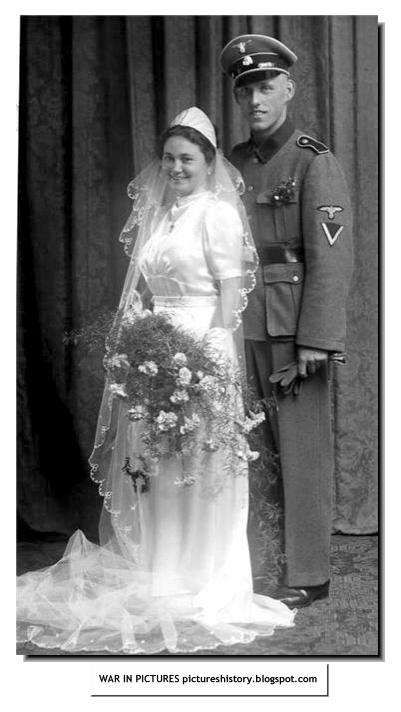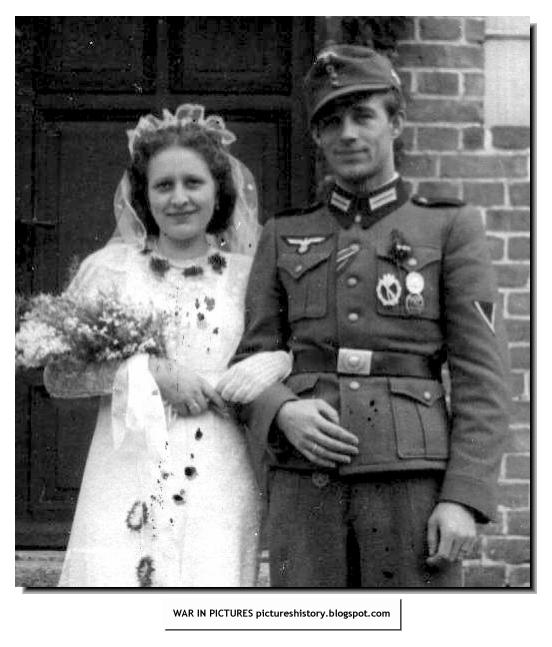37-mm anti-aircraft gun FLAK-18
THE FLAK ANTI-AIRCRAFT CANNONS
The original 37 mm gun was developed by Rheinmetall in 1935 as the 3.7 cm Flugzeugabwehrkanone 18. It was essentially an enlarged version of the 2 cm FlaK 30 firing a 37 mm shell from an L/89 barrel. Like the Flak 30, it used a mechanical bolt for automatic fire, but nevertheless featured a fairly good rate of fire, about 160 rounds per minute. The complete gun, including the wheeled mount, weighed 1,757 kilograms (3,870 lb).
The Flak 18 was produced only in small numbers, and production had already ended in 1936 in favor of well known 2 cm Flakvierling 38, a four-barrel development of the Flak 30. Development continued, however, resulting in a lighter two-wheel mount produced as the 3.7 cm Flak 36 that cut the complete weight to 1,544 kilograms (3,400 lb). A new sighting system introduced the next year produced the 3.7 cm Flak 37 that was otherwise similar. It appears existing weapons were brought up to the Flak 37 standard, while new production started in 1942 and produced 1178 before production ended in 1944. The Flak 37 was known as 37 ITK 37 in Finland.
The Flak 18 was produced only in small numbers, and production had already ended in 1936 in favor of well known 2 cm Flakvierling 38, a four-barrel development of the Flak 30. Development continued, however, resulting in a lighter two-wheel mount produced as the 3.7 cm Flak 36 that cut the complete weight to 1,544 kilograms (3,400 lb). A new sighting system introduced the next year produced the 3.7 cm Flak 37 that was otherwise similar. It appears existing weapons were brought up to the Flak 37 standard, while new production started in 1942 and produced 1178 before production ended in 1944. The Flak 37 was known as 37 ITK 37 in Finland.
THE FLAK 43
As Allied air power grew dramatically during the mid-period of the war, the 20 mm quad-mount proved to have too little power and the 37 mm was turned to as its replacement. Not content with the existing versions, Rheinmetall-Borsig and Krupp were asked to produce a new version that was less expensive.
Krupp initially won the contract, but at the last moment the Krupp design developed weaknesses and Rheinmetall-Borsig got the award. This immediately resulted in the factional wrangling in the Nazi party that often beset German wartime industrial production, so by the time Rheinmetall-Borsig was actually able to go ahead well over a year had passed. The design partially able to made up for the delay, however, as it was produced with stampings, welding and simple components in the same way as submachine guns. The production time for a gun was cut by a factor of four.
The new 3.7 Flak 43 was a dramatic improvement over the older models. A new gas-operated breech improved the firing rate to 250 RPM, while at the same time dropping in weight to 1247 kg. It was also produced in a twin-gun mount, the 3.7 cm Flakzwilling 43, although this version was considered somewhat unwieldy and top-heavy.
The Flak 37 could be found in some numbers mounted to the ubiquitous Sd.Kfz. 7 or (later) the sWS. The newer Flak 43 was almost always used in a mobile mounting. Most famous of these were the converted Panzer IV's, first the "interim" Möbelwagen, and later the Ostwind, which was considered particularly deadly.
Compared to its closest Allied counterpart, the 40 mm Bofors, the Flak 43 had over double the firing rate, could set up in much smaller spaces, and was considerably lighter when considering the gun and mount together. Although the weapon was complete in 1942, production did not start until 1944. About 928 single and 185 double versions were produced by end of the war.
VIDEO: FLAK 43
Flak 18 anti-aircraft gun
Josef Sepp Dietrich
WHO WAS JOSEF SEPP DIETRICH?
Josef "Sepp" Dietrich (28 May 1892 – 21 April 1966) was a German SS General. He was one of Nazi Germany's most decorated soldiers and commanded formations up to Army level during World War II. Prior to 1929 he was Adolf Hitler's chauffeur and bodyguard but received rapid promotion after his participation in the murder of Hitler's political opponents during the Night of the Long Knives. After the war, he was imprisoned by the United States for war crimes and later by Germany for murder.
Read More At Wikipedia
Read More At Wikipedia
Sepp within his men
Stug 3
Summer 1941, USSR
USSR 1942
The harsh Russian winter
Waiting to get kitted up
Ukraine 1941
This SS man strums a guitar
German sailors listen to the radio. Summer 1942




